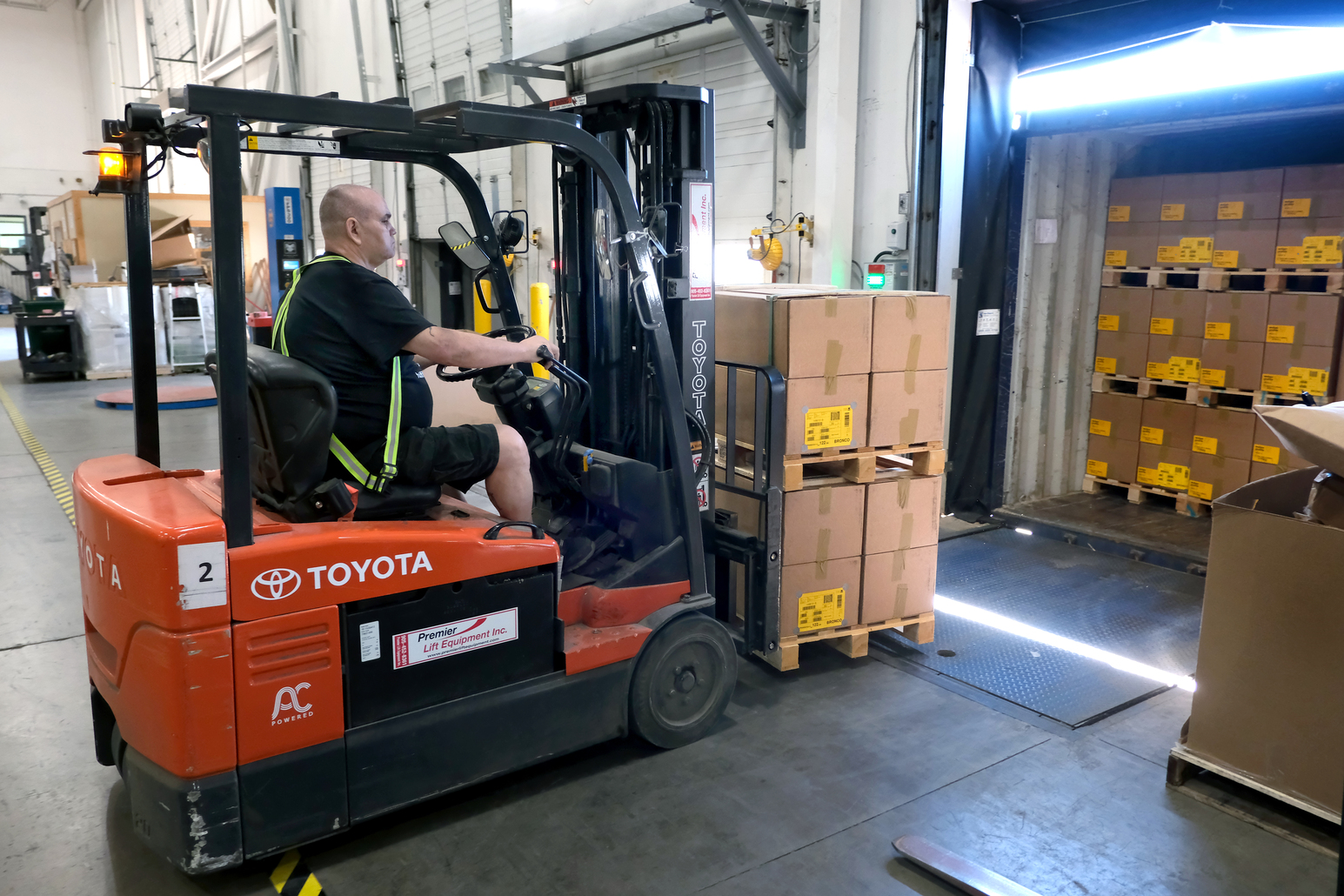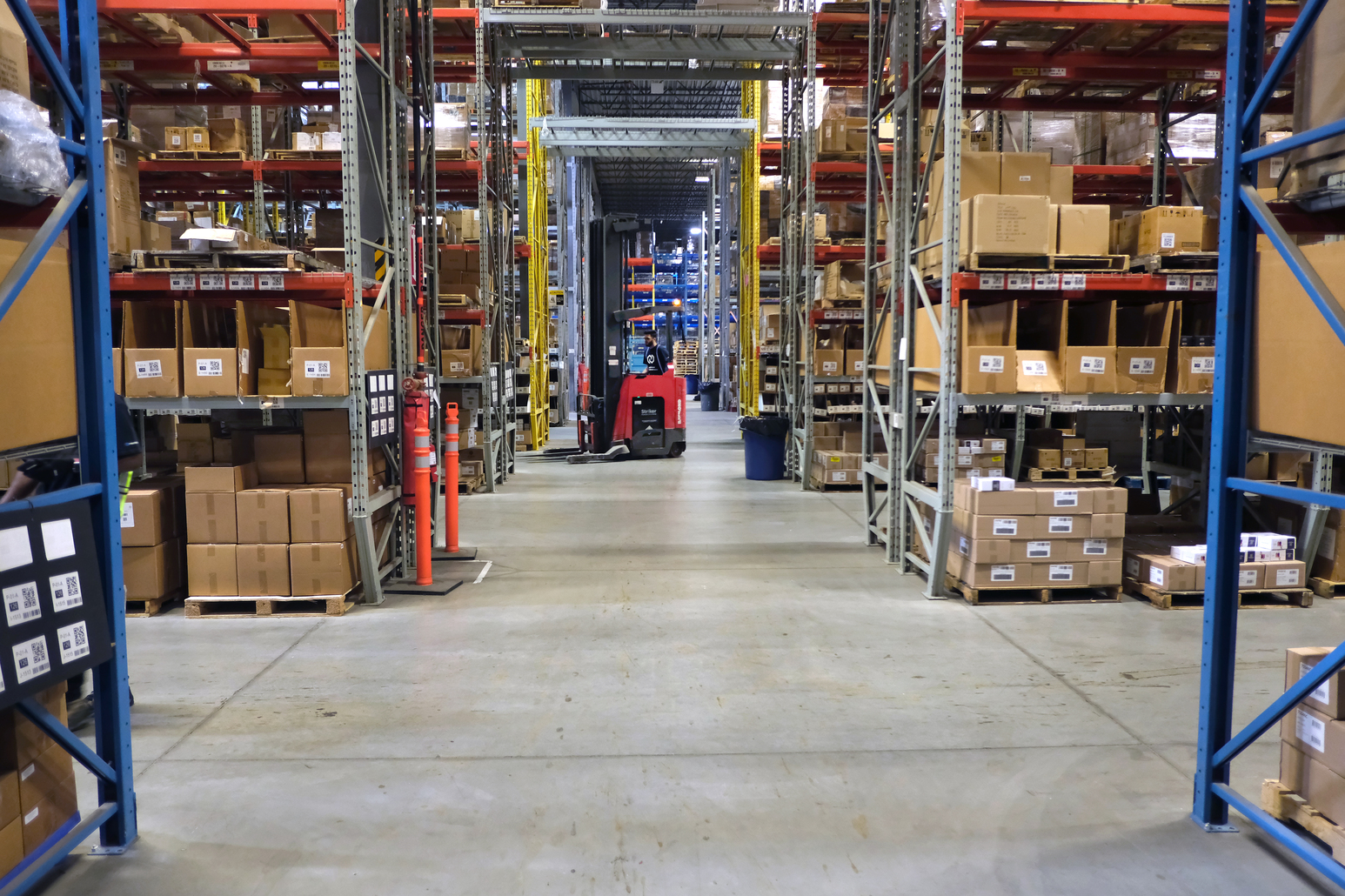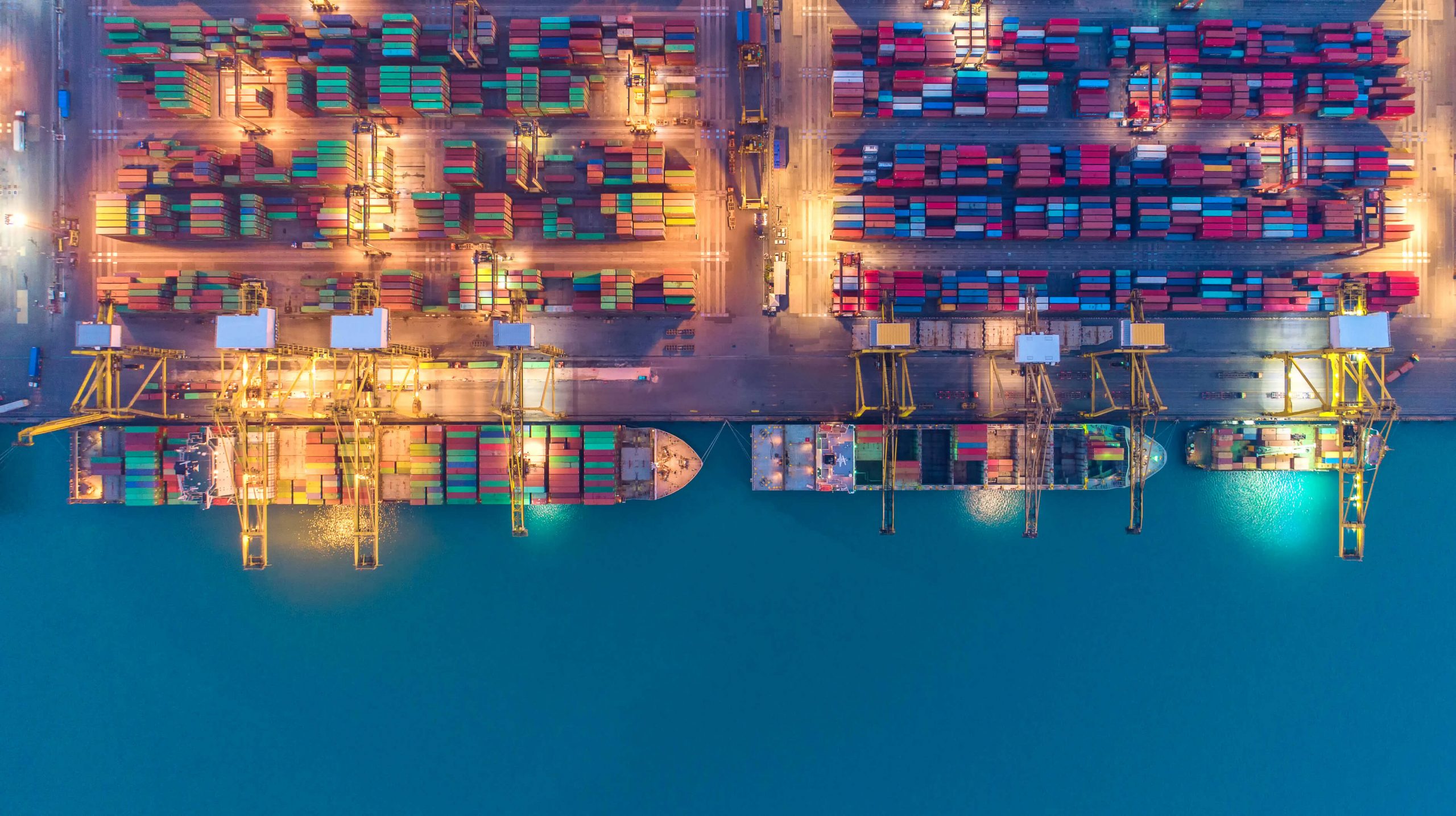“Water, water everywhere and nary a drop to drink??? to paraphrase Samuel Coleridge’s famous line from his “The Rime of the Ancient Mariner???. The liquid he refers to in his 1798 prose is of course seawater, and perhaps a boding omen of things to come. Fast forward to present day, and we find ourselves in a world which appears to be bereft the type of water Coleridge is pining for and the provider of all life on this planet: clean, fresh drinking water.
Clean water shortages around the world in the future?
The advent of global warming, enormous global population growth, the need to feed the masses, the contamination of fresh water sources (the list goes on ad infinitum) have all contributed to the depletion, extortion and corruption of human kind’s primary fresh water sources. The topic is more and more prominent on front pages and other media and so it should be. However, I am curious to see how, in the coming decades, this precious resource will make its way to those around the planet who will have little or no access to potable water. Will the shipping industry, global business community and international governments be able to cope with the increasingly desperate demand?
Currently the conventional wisdom on supplying clean drinking water to those in need, such as locations in sub-Saharan Africa like Uganda, for example, would be to install low tech gravity fed filter systems from known freshwater springs. There are numerous not for profit organizations in existence (Notably Impactnations.org out of California and Acts.ca in British Columbia) who strive to provide solutions to communities lacking accessible clean water.
Water is somewhat renewable, but is also a finite resource and thus proper management of such sources as the springs referred to in the aforementioned paragraph are paramount. What happens if / when these sources are depleted and / or the quantity of water cannot keep up with an increasing population? Are there available options for shipping water? Can it be done in a way that is both economically viable, and can supply the volume necessary to sustain the millions that have limited access?
Bottled water is more expensive than oil in many places!
I have a colleague in the oil industry who has pointed out to me on more than one occasion that the price of a liter of water is more expensive than a refined liter of gasoline. In the USA a gallon of gas costs about USD 3.25, versus a one liter bottle of water coming in at about USD 2.50. Roughly translated the water costs about USD 9.50 per gallon. Would you spend USD 142.50 to fill up a 15 gallon gas tank…..probably not, but we don’t seem to give a second thought to spending that on bottled water. An odd expenditure when we can access virtually free and unlimited water from our taps.
It is estimated that 40 + billion gallons of bottled water are consumed every year globally. At a global average cost of roughly USD 2.00 a bottle (1 x liter), that works out to about USD 160,000,000,000.00 being spent by consumers to drink bottled water!! Furthermore, many experts believe that the water in these bottles may not much better than tap water.
Is shipping water via tanker a viable solution to solve this crisis?
Given these staggering numbers, one might ponder that supplying clean water via tanker ships might be a plausible solution to quenching the thirst of less fortunate sovereign states. A VLCC tanker (Very Large Crude Carrier), perhaps retitled a VLWC for this blog’s purposes, could carry roughly 250,000 DWT’s of water…..that’s roughly 8 million gallons. An average person requires about 2 liters per day, hence one tanker could satiate about 15 million souls for one day. A VLWC in current market conditions would run at about USD 25K per day. If we had a transit of roughly 25 days, fixed costs would be about USD 625,000. This of course does not take into consideration loading costs, discharging costs, disbursement, and purification.
There are numerous points in the world where millions upon millions of gallons per hour are emptying into oceans untapped. Most of Canada’s fresh water empties into either the Arctic Ocean or Hudson Bay. Russia also has numerous major rivers feeding the Arctic Ocean, also untapped. Perhaps it is time to investigate the feasibility and costs involved to construct large scale purification plants with adjacent port facilities capable of transferring water to vessels.
I am quite sure there are numerous other solutions, including desalination, intercontinental pipelines. Not sure of their viability or costs, but I will be interested to hear feedback on this idea.



